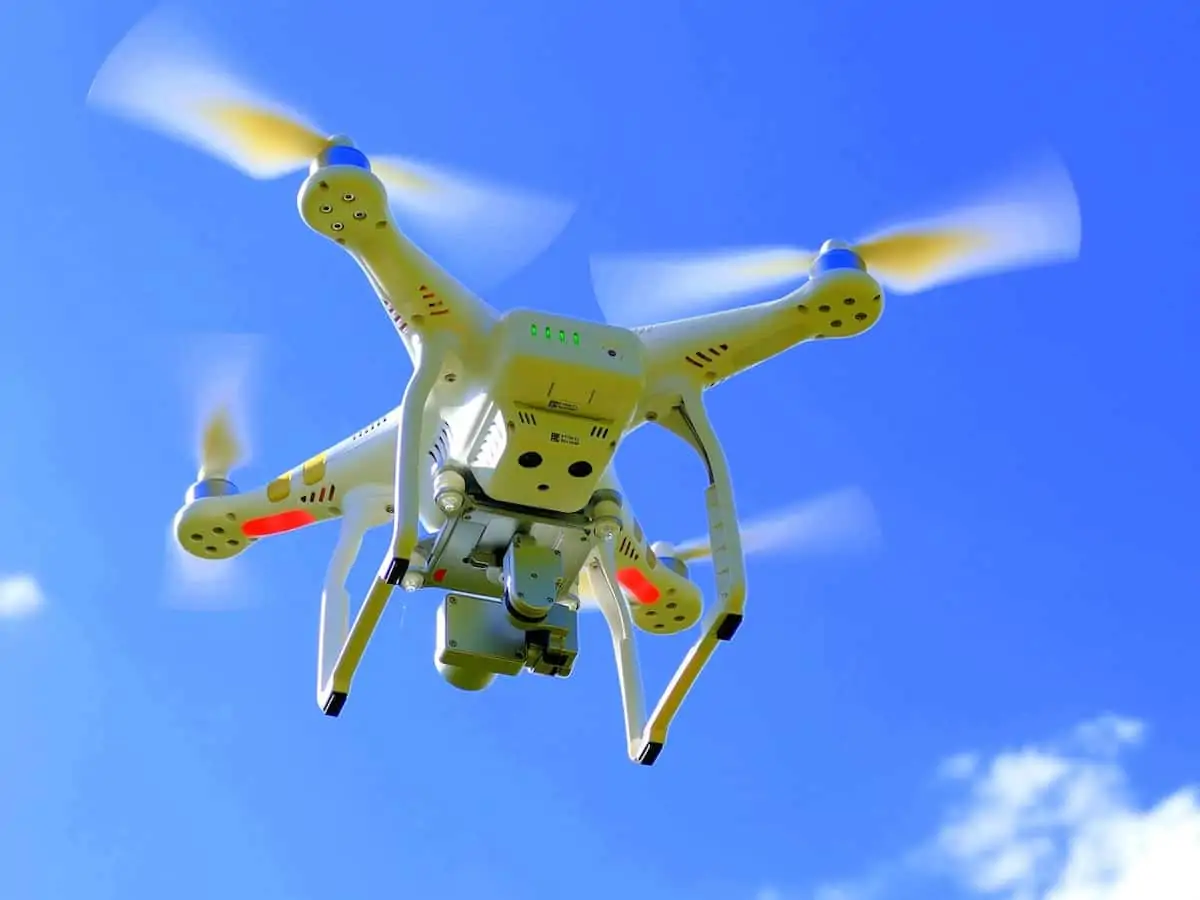We’ve been hearing a lot about contactless delivery and how this transportation method can be helpful during national emergencies such as the unraveling COVID-19 pandemic. What is the best way to deliver packages and transport goods while also reducing human-to-human contact?
Enter delivery drones.
These unmanned aerial devices have been in test piloting mode for years as companies race towards lift-off, pending commercial regulation from the FAA.
Delivery drones are designed to improve efficiency while decreasing the manpower needed for the transportation of goods. In the U.S., the government allowed drone deliveries to start small, approving the UPS Flight Forward program for the delivery of prescription medicine in rural areas.
Retailers such as Amazon and Walmart hope these regulations soon expand to include commercial deliveries. Amazon’s program, dubbed “Prime Air”, features a fleet of octocopters that will make deliveries of packages 5 pounds or less within a range of 7.5 miles.
Walmart poses a threat to Amazon because of its wide network of stores throughout the country. This competitive advantage hasn’t been lost on them, as Walmart has filed even more drone patents than Amazon in 2019.
Pros and cons of delivery drones
It’s no surprise that retailers are open to the idea of this quick transport method, and many will find it hard to argue against delivery drones as a viable “contactless delivery” option given the current state of the world. Yet, what do consumers think about delivery drones as an everyday option for consumer goods delivery?
There are pros and cons to letting these devices fly in your neighborhood, as it does open areas up to more noise pollution and security risks. Yet drone proponents will point out benefits such as reduced pollution, quicker delivery, and safer transport.
A survey about delivery drones by The Zebra revealed that 83% of respondents don’t think drones should be able to collect data for marketing or advertising purposes, yet Amazon has received a patent to do just that.
Further, flying drones will undoubtedly cause more noise pollution in neighborhoods. And then there’s always the question of who to sue if a delivery drone falls on your head.
To learn more about how delivery drones work, check out this visual from The Zebra below!

Author bio: Karlyn is a writer who specializes in the technology and insurance spaces. She believes the best ingredients for success are passion and purpose.

